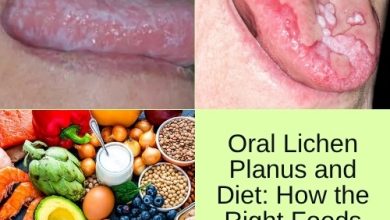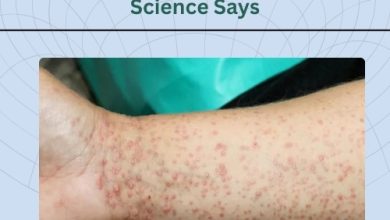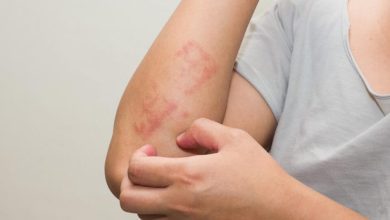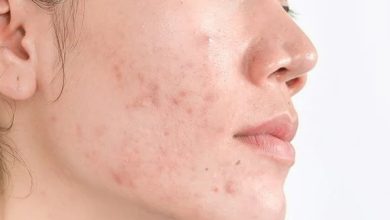Understanding Increased Lesions and Polygonal Bumps: Breaking Lichen Planus
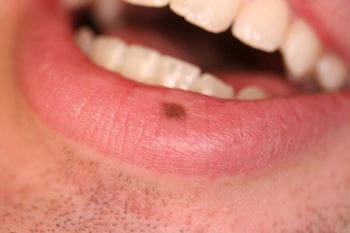
Lichen planus is a skin condition that affects millions of people around the world. It is characterized by the appearance of increased lesions and polygonal bumps on the skin, which can be both uncomfortable and unsightly. While the exact cause of this condition is still unknown, there are many treatments available to help manage its symptoms. Specifically focusing on the development of increased lesions and polygonal bumps. The best supplements for lichen planus to help alleviate its effects and improve overall skin health.
An Overview of Lichen Planus
Lichen planus is a chronic inflammatory skin condition that affects millions of people worldwide. It is characterized by the appearance of raised, itchy, and often painful lesions on the skin. These lesions can vary in size, shape, and color, and can be found anywhere on the body. Lichen planus can also affect the mucous membranes, such as the mouth, genital area, and nails.
Although the exact cause of lichen planus is still unknown, it is believed to be an autoimmune disorder, meaning that the body’s immune system mistakenly attacks healthy cells in the skin or mucous membranes. Certain factors, such as stress, medications, viral infections, and certain allergens, may trigger or exacerbate lichen planus symptoms.
While there is no cure for lichen planus, there are several treatment options available to help manage its symptoms. These include topical corticosteroids, oral medications, light therapy, and immune-suppressing drugs. In addition to these conventional treatments, some people may also find relief through natural remedies and supplements.
In the following sections, we will explore the development of increased lesions and polygonal bumps in lichen planus, as well as discuss the significance of these symptoms. We will also delve into the current treatment options for lichen planus and explore the emotional and psychological impact of living with this condition. Stay tuned for more information on lichen planus and the Best Supplements for Lichen Planus for managing its symptoms and improving overall skin health.
Related Article: How to Soothe Scaly and Patchy Skin That Itches: A Simple Guide
Increased Lesions and Polygonal Bumps in Lichen Planus
Lichen planus is a complex skin condition that can manifest in various ways, with one of the most common symptoms being Increased Lesions and Polygonal Bumps. These lesions can range in size and can appear anywhere on the body, causing discomfort and frustration for those affected by this condition. But what exactly causes these increased lesions in lichen planus?
Increased lesions in lichen planus occur due to the inflammation and immune response that the body triggers in response to this condition. The immune system mistakenly attacks healthy skin cells, causing the skin to become inflamed and irritated. As a result, lesions begin to form and multiply, leading to the appearance of Increased Lesions and Polygonal Bumps.
Understanding the development of these Increased Lesions and Polygonal Bumps is crucial for finding effective treatments for lichen planus. While there is no cure for this condition, there are several treatment options available, ranging from topical corticosteroids to immune-suppressing drugs. Additionally, natural remedies and supplements have shown promise in managing lichen planus symptoms.
The significance of polygonal bumps in lichen planus, further expanding our understanding of this condition and the various ways it affects the skin. Stay tuned for more information on lichen planus and the Best Supplements for Lichen Planus for improving overall skin health.
Understanding the Significance of Polygonal Bumps
When it comes to lichen planus, polygonal bumps play a significant role in the appearance and progression of this skin condition. These bumps, also known as papules, are characterized by their distinctive shape and can be found in clusters or scattered across the skin. But what is the significance of these polygonal bumps in lichen planus?
Polygonal bumps in lichen planus are a result of the inflammatory response triggered by the immune system. These bumps are often itchy and can be accompanied by redness and scaling. They can appear on any part of the body, including the arms, legs, back, and even the mucous membranes. The presence of polygonal bumps is a key diagnostic feature of lichen planus, helping doctors distinguish it from other skin conditions.
Understanding the significance of these polygonal bumps is essential for developing effective treatment strategies for lichen planus. While there is no cure for this condition, there are various treatment options available, both conventional and natural. From topical corticosteroids to immune-suppressing drugs, these treatments can help manage the symptoms and reduce the appearance of polygonal bumps.
In addition to conventional treatments, there are also natural remedies and supplements that can aid in managing lichen planus symptoms and improving overall skin health. Incorporating the right supplements, such as those rich in antioxidants and essential nutrients, can help support the skin’s natural healing processes and promote clear, healthy skin. So, if you’re looking for a Lichen Planus Natural Treatment, consider exploring the Best Skin Supplement available.
There we will explore the relationship between lesions and polygonal bumps in lichen planus, shedding more light on this complex skin condition.
Related Article: Stop the Scratching: Itchiness on the Affected Areas of Skin
The Relationship Between Lesions and Polygonal Bumps
Understanding the relationship between lesions and polygonal bumps is essential in comprehending the complexity of lichen planus. Both lesions and polygonal bumps are key diagnostic features of this skin condition and play a significant role in its appearance and progression.
Lesions in lichen planus refer to the raised, itchy, and often painful areas on the skin. These can vary in size, shape, and color, and are a result of the immune system mistakenly attacking healthy skin cells. On the other hand, polygonal bumps, also known as papules, are distinctive in their shape and can appear in clusters or scattered across the skin. They are typically accompanied by redness and scaling.
The relationship between lesions and polygonal bumps lies in their coexistence and shared inflammation. Both are manifestations of the immune response triggered by lichen planus. Understanding this relationship helps healthcare professionals in accurately diagnosing and treating the condition.
When it comes to managing lichen planus, conventional treatment options like topical corticosteroids and immune-suppressing drugs can help reduce both lesions and polygonal bumps. However, for those seeking natural alternatives, incorporating the Best Skin Supplement can be beneficial. These supplements, rich in antioxidants and essential nutrients, can support the skin’s natural healing processes and promote clear, healthy skin.
Current Treatment Options for Lichen Planus
When it comes to managing lichen planus, there are New Treatment for Lichen Planus options available to help alleviate symptoms and improve overall skin health. While there is no cure for this condition, both conventional and New Treatment for Lichen Planus have shown promise in reducing the appearance of lesions and polygonal bumps.
Conventional treatment options for lichen planus include topical corticosteroids, oral medications, light therapy, and immune-suppressing drugs. These treatments aim to reduce inflammation, alleviate itching, and promote healing of the skin. However, some people may prefer natural alternatives that are gentler on the body.
For those looking for a natural treatment approach, incorporating Supplements for Clear Skin can be beneficial. Certain supplements, such as those rich in antioxidants and essential nutrients, can support the skin’s natural healing processes and help manage lichen planus symptoms. These supplements may include vitamin A, vitamin C, vitamin E, zinc, and omega-3 fatty acids.
It is important to consult with a healthcare professional before starting any new treatment regimen, whether conventional or natural. They can provide personalized recommendations based on your specific needs and medical history. Remember, managing lichen planus is a journey, and finding the right treatment approach may require some trial and error.
Living with Lichen Planus: Emotional and Psychological Impact
Living with lichen planus can have a significant emotional and psychological impact on individuals. The visible nature of the condition, with its increased lesions and polygonal bumps, can lead to feelings of self-consciousness and low self-esteem. People with lichen planus may experience embarrassment or discomfort when others notice their skin symptoms. This can cause social anxiety and a desire to withdraw from social situations.
The chronic nature of lichen planus can also take a toll on mental well-being. Dealing with the physical symptoms and the unpredictability of flare-ups can be emotionally draining. The constant itchiness and discomfort can be distressing and affect quality of life.
Seeking emotional support and connecting with others who have lichen planus can be beneficial for individuals facing these challenges. It is important to remember that you are not alone and that there are resources available to help you cope with the emotional and psychological impact of living with lichen planus.
In addition to emotional support, natural treatment options, such as supplements for clear skin, can also play a role in managing lichen planus symptoms and improving overall well-being. Incorporating the right supplements, rich in antioxidants and essential nutrients, can support the skin’s natural healing processes and promote clearer, healthier skin.
Remember, managing lichen planus is a holistic journey that involves addressing both the physical and emotional aspects of the condition. Seeking professional guidance, building a support network, and exploring natural treatment options can all contribute to a more positive and empowered experience of living with lichen planus.

